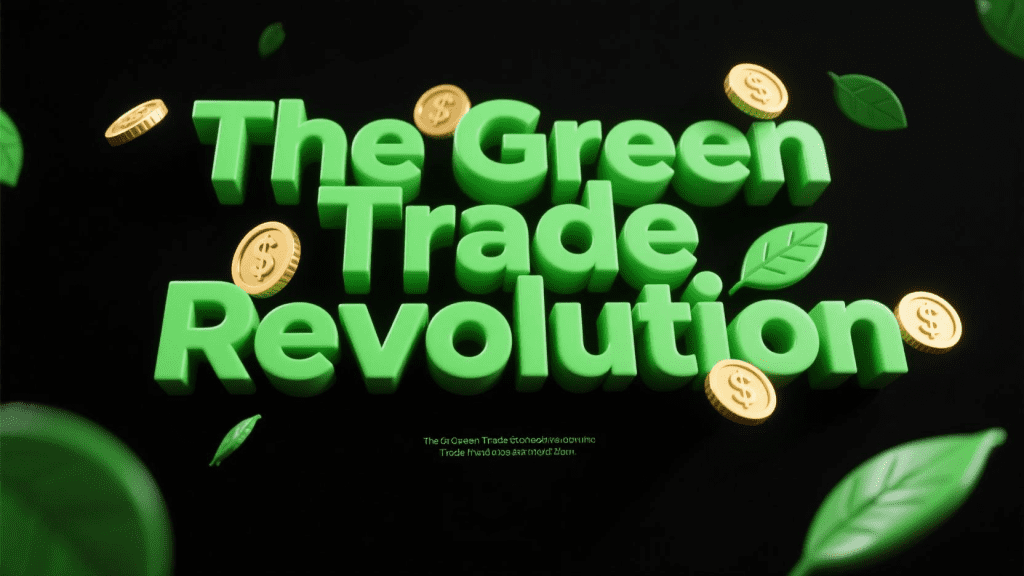For centuries, international commerce was measured by cost, speed, and volume. Today, a new metric is reshaping global trade: sustainability. In an era of climate crisis and consumer scrutiny, the ecological footprint of commerce has become as vital as the economic one. The rise of green trade is reshaping supply chains, trade agreements, and consumer behavior, making sustainability the new currency of commerce.
The Evolution of Sustainable Trade
In 2023, the EU introduced its Carbon Border Adjustment Mechanism (CBAM) — a groundbreaking shift that taxes goods based on their embedded emissions. Suddenly, it wasn’t just about price or quality anymore. Exporting nations were forced to account for the carbon cost of steel, cement, and electronics, making sustainability a competitive differentiator.
Simultaneously, global giants like Amazon and Walmart announced “net-zero supply chains” by 2035, prompting suppliers across Asia, Africa, and Latin America to adopt cleaner manufacturing practices. In a world where every gram of CO₂ is counted, efficiency, transparency, and innovation have become global trade imperatives.
Sustainability as a Trade Advantage
For nations like Costa Rica and New Zealand, low-carbon goods have become economic assets. Their clean energy infrastructure allows industries to produce low-carbon goods, making them more attractive in global markets. Meanwhile, multinational firms are reshaping logistics by:
-
Investing in electric and hydrogen-fueled shipping.
-
Transitioning to green packaging and zero-waste supply chains.
-
Establishing digital platforms for tracing carbon footprints from raw material to end consumer.
The result? Green-certified goods now command price premiums of 15–30% across markets, aligning economic incentives with ecological stewardship.
New Trade Rules for a New Climate
The global shift toward sustainable commerce has sparked the rise of new trade institutions. The World Sustainable Trade Organization (WSTO), proposed by the EU, aims to standardize ESG metrics across global supply chains. Meanwhile, mega-retailers have created carbon credit marketplaces, allowing suppliers to monetize emissions reductions and making sustainability as valuable as revenue.
But this shift has its tensions. Developing nations struggle to finance sustainable transitions, sparking debates about equity, climate justice, and economic sovereignty. Critics warn that sustainability standards risk becoming a new form of protectionism — a “green wall” that marginalizes the Global South.
The New Currency of Global Trade
The era of global commerce defined by container ships and low cost is fading. In its place emerges a world where climate metrics determine competitive advantage and sustainability is the price of entry.
The future of global trade will be shaped by those nations and businesses that can harness this shift — aligning economic growth with ecological stewardship. The message is clear: in the global market of the 21st century, green is gold.









